Ertach Kernow - The Roscarrocks of Roscarrock
Roscarrock is not a name much known today either as a place or Cornish surname. Firstly, the place which lies just inland from the North Cornish coast between Port Quin and Port Isaac a small farming manor and settlement first mentioned in Domesday in 1086 under the name Roscaret. This is a Cornish name with the prefix Ros meaning hill/spur and karrick, rock, perhaps the original meaning was rocky hill, unfortunately Roscarrock not one of the names on the Akademi Kernewek website for place names.
The latest edition of the Pevsner Guide to Cornwall devotes two pages to the buildings at Roscarrock. ‘A cluster of stone and slate farmstead buildings in a fold in the open landscape above Port Quin shelters one of Cornwall’s most memorable houses. Roscarrock home of the eminent family of that name from the 11th century until 1673.’ Believed to have been built by a Nicholas Roscarrock in the 14th Century and since then is said to have only been owned by four families the longest by far being the original Roscarrock owners who took their surname name from this place. There are many instances of unique surnames still existing in Cornwall and throughout the world which can still trace their origins back to small Cornish farmsteads and hamlets. Another instance covered in the Ertach Kernow article on 6th September is the Trevelyan family from Trevelyan in St Veep parish.
As always click the images for larger view
The historic house built around a courtyard has the main ranges facing southeast and southwest, the service range facing northeast with a curtain wall enclosing the fourth side on the northwest with a small tower on the west. The larger scale 1888 map clearly shows the location of Roscarrock also labelling the site of the burial ground and remains of the chapel. It refers to it as remains of a Barton, this being a historic term for a manor often used in Cornwall and southwest England.
By the early 19th century, the historian and writer C S Gilbert wrote ‘Roscarrock House is a strong castellated building, but from its great antiquity, many of its massy walls are falling into a state of decay. The entrance is beneath a ponderous arch of hewn moor-stone, which opens into an oblong court, where are several doors, that lead to various Gothic apartments. The watch tower has loopholes, and small windows for an observatory, and commands extensive views of sea and land. The chapel was entire, since the present family has been in possession of the manor, but it is now in great part demolished, Its remains are of the same durable description, as the other buildings, the whole of which has more the appearance of a place of defence, than the peaceful dwelling of a British subject. A small plot of ground adjoining the chapel, is known to contain human bones, which is a proof of its having been a place of family interment.’
This gives a description of the house prior to reconstruction and alterations to the southeast and southwest ranges prior to the mid-19th century. These alteration included conversion of the southwest range to a malthouse and changing floor levels although the roof remained intact. In 2004 a dendrochronological investigation, the use of tree rings to date timber, was carried out and roof timbers investigated were proved to date from around 1500. There were parts of the property that had timbers believed to have been far older than the early 16th century. Obviously there must have been some substantial repairs following Gilberts rather dismal description regarding its state of repair published in 1817. This property was Grade I listed in 1951 and now has a new lease of life not just as a working farm, but also as a successful wedding venue and holiday accommodation including within the ancient manor house.
So, what of that early family that lived on this site for around five hundred years. The visitation of Cornwall provides sizeable family tree albeit the family name evolved in its spelling from the first recorded ancestor Walter de Roskareo during the reign of King John during the first years of the 13th century. His existence is confirmed through documents relating to a lawsuit or legal agreement between Walter and a Mathm de Eglesheie, a person also likely to have based his name on his lands at Egloshayle now part of Wadebridge. Although the Roscarrocks carried a Cornish name throughout their lives they were frankly originally probably of Norman or Breton extraction. Over the coming centuries like many affluent or influential families they helped maintain their position and increase their wealth through marriage. As with all family tree’s there were twists and turns but gradually land was added to the Roscarrock estates with ancestral names including Arundell, Carminow, Penwarren, Mohun and Trethurffe, not all first layer gentry, but many with wealth. A number of Roscarrocks held positions of power in Cornwall as High Sheriffs and also at least six as members of Parliament.
As with other Cornish families a change in the religious climate within England and Cornwall created challenges for the Roscarrocks who largely maintained their Catholic faith following the Reformation and Tudor period upheavals. Whereas under Edward VI the family found times difficult, under Mary Tudor their fortunes briefly revived only to diminish again under a longer reign of the protestant Elizabeth I. Many in the family were pragmatic and on the surface maintained a protestant veneer there were those who refused and actively resisted the anti-Catholic state. Nicholas Roscarrock was one of those who firmly held to his religious beliefs and Catholic faith. There is now little to remember the family by now excepting a small number of monuments, and their legacy to us now is the house and a manuscript by Nicholas Roscarrock entitled ‘Lives of the Saints’ from the 17th century which survives in Cambridge University Library. The part relating to Cornwall by this Cornishman has been edited by Canon Nicholas Orme and was published by the Devon and Cornwall Record Society in 1992.
The importance of Roscarrocks work is not necessarily relating to the knowledge it contains relating to the lives of saints, as The Cornish historian and author A L Rowse wrote ‘my interest in the manuscript needless to say, is not hagiographical but historical: in the personality of Roscarrock, in the light he throws upon the observances of saints' days and the survival of medieval customs in the Cornwall of his youth, in the mind and attitude of a Catholic antiquary, who had suffered for his faith, caught in the conflict of Counter-Reformation with Protestantism, in the critical blast of scoffing Protestants at his beloved subject. He had an uncomfortable time of it, though he came into haven at last; he was in an awkward situation: it makes him interesting.’
Lives of the Saints does not include anything that wasn’t and isn’t available from other earlier texts such as Sanctilogium by 14th century John of Tynemouth and published as 'Nova legenda Anglie' by John Capgrave in the 15th century. Roscarrocks work was far more extensive in the numbers of saints included, and the considerable number of historical and ecclesiastical written sources. For us this includes information relating to Cornwall and our customs of those times, including legends associated with many Cornish saints. He also mentions many religious sites, such as chapels, which no longer exist.
To say Nicholas Roscarrock had an interesting life is an understatement. He was well provided for by his father who endowed him with land providing a moderate income of £20 per annum. He attended Exeter College Oxford, which was one of the more Catholic leaning institutions and met many people who had strong beliefs including some who would die for them. Nicholas spent time in the Tower of London including being tortured on the rack but was released after five years. His younger brother was also imprisoned as this was a period when being a recusant, refusal to attend church, was a serious crime. Both brothers would in time lose their inheritances through their refusal to submit to Anglican church services. Fortune smiled on Nicholas, and he survived into a more relaxed religious period under James I following Elizabeths death in 1603. He had also met Lord William Howard, part of the Arundell family and son of the 4th Duke of Norfolk, whilst in the Tower. Once free and restored to his position Howard went to live at Naworth Castle in Cumberland, which he restored and built there a considerable library of books and manuscripts, one of his passions besides religion. Nicholas Roscarrock with his own shared interests was brought to Naworth as Lord Williams companion sharing many common interests including antiquities.
It was at Naworth Castle that Roscarrock wrote his Lives of the Saints under the patronage of Lord William Howard. Life turned out well for Nicholas and he seems to have been financially sound with an annuity of £200 bestowed on him by Lord Arundell as well as other income. He was apparently a friendly well-liked person who made many friends including William Camden the antiquarian and historian. Cornishman Richard Carew author of a Survey of Cornwall also a friend mentions the Roscarrock family including ‘The family is populous; but of them two brothers, Hugh for his civil carriage and kind hospitality, and Nicholas for his industrious delight in matters of history and antiquity, do merit a commending remembrance.’ Sadly, towards the end of his life Nicholas lost his sight and his work was not perhaps completed and published as he may have wished. He died at Naworth Castle in 1633 aged about 83, there is no record of his place of burial, his work is his monument and legacy.
This once numerous and longstanding Cornish family name now appears extinct and from the 18th century onwards mention of it becomes increasingly rare until it vanishes and now appears extinct worldwide. It would be interesting to hear about any descendants that still carry this historic Cornish name.
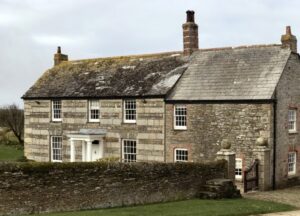
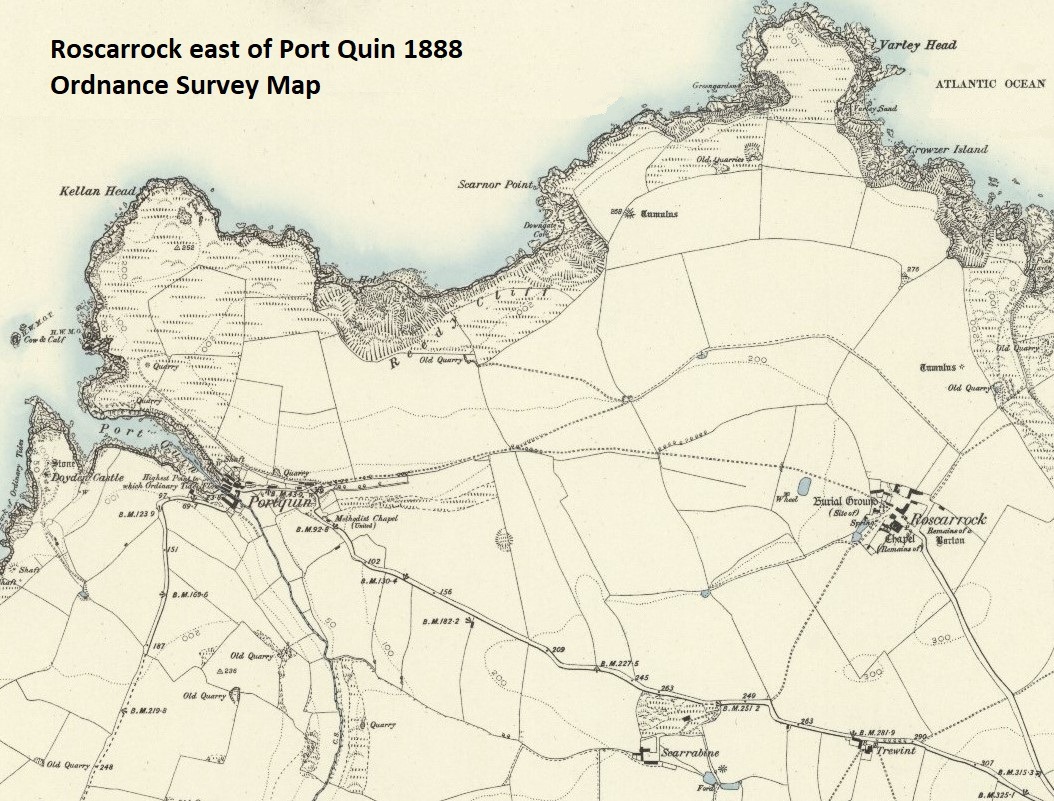
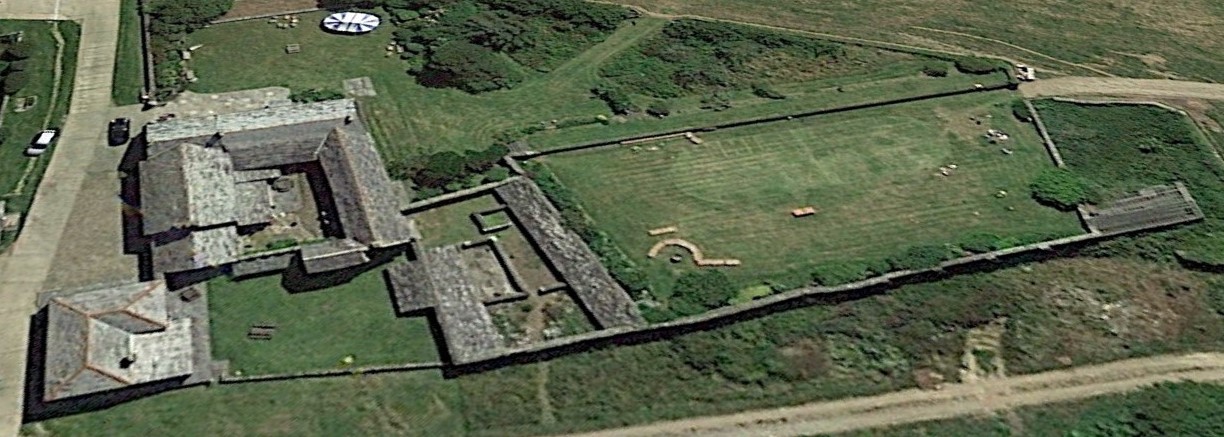
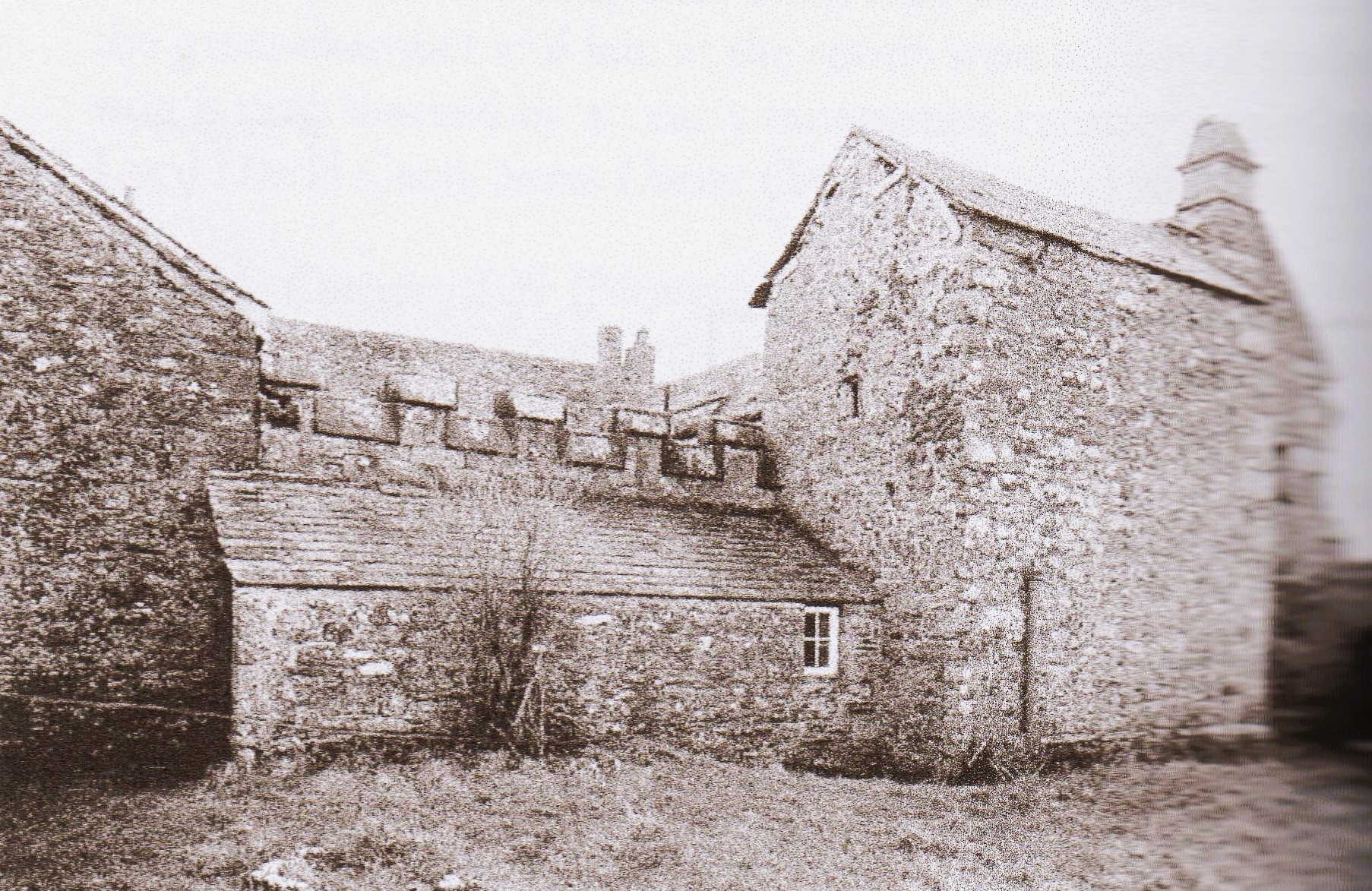
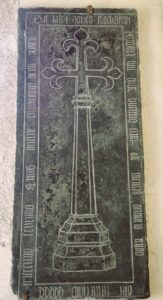
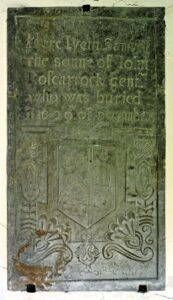
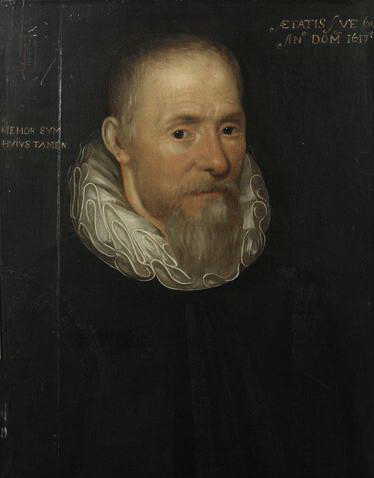
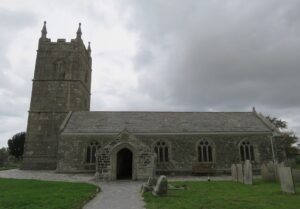
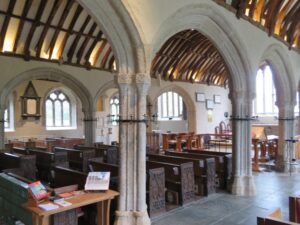
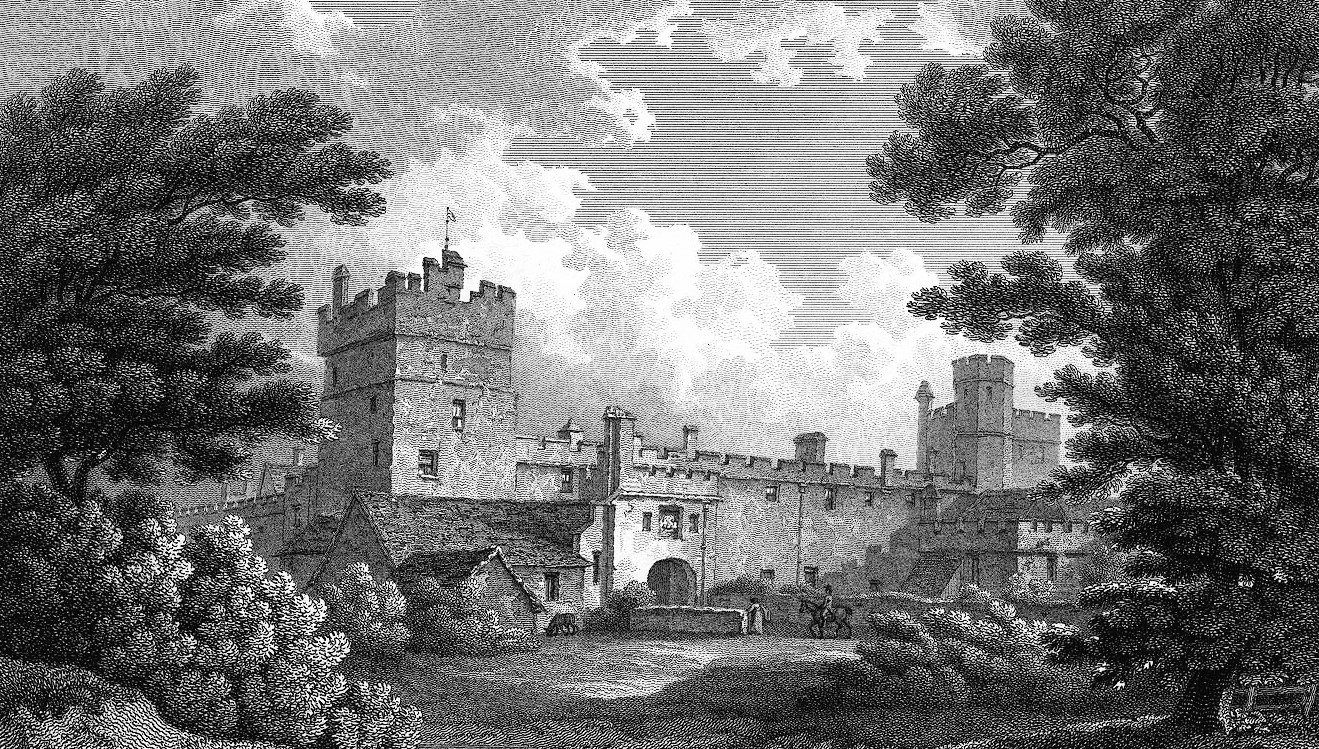
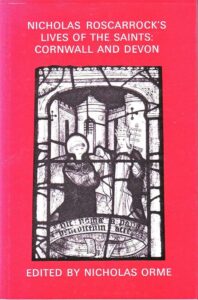
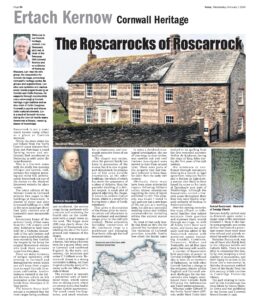
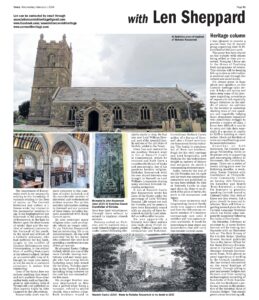
![[189] Ertach Kernow Heritage Column - 7th February 2024 - St Piran's Festivals, Kowethas an Yeth Kernewek, Cornish hedge talk Ertach Kernow Heritage Column - 7th February 2024 - St Piran's Festivals, Kowethas an Yeth Kernewek, Cornish hedge talk](https://www.cornwallheritage.com/wp-content/uploads/2024/02/189-Ertach-Kernow-Heritage-Column-7th-February-2024-St-Pirans-Festivals-Kowethas-an-Yeth-Kernewek-Cornish-hedge-talk-287x300.jpg)